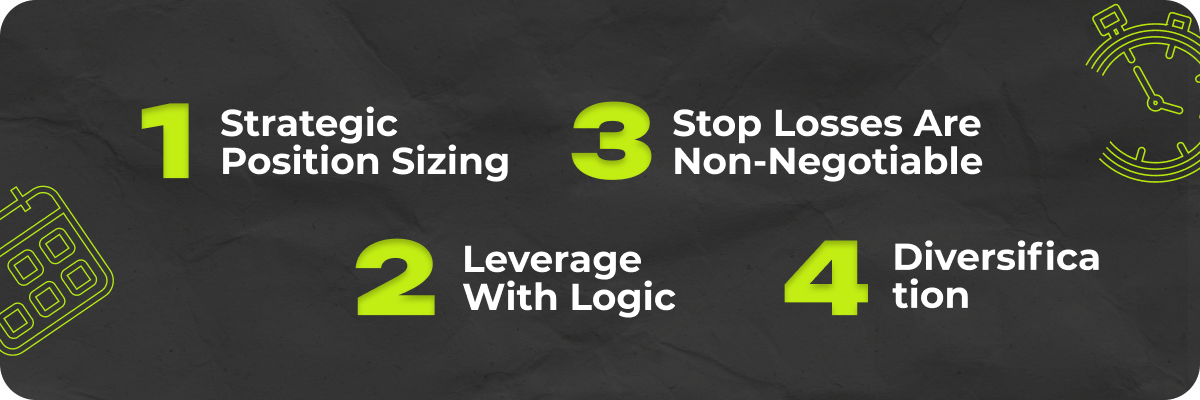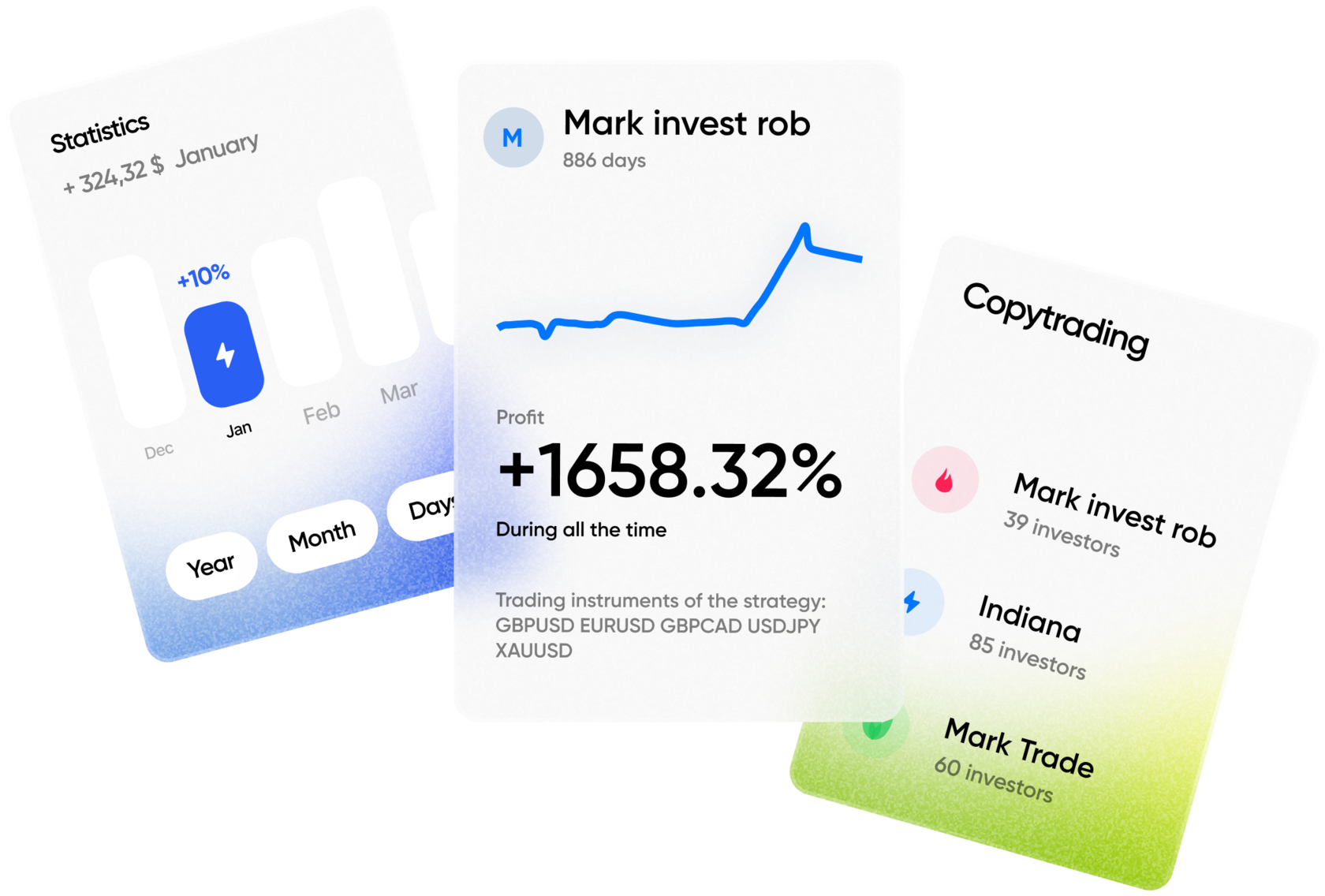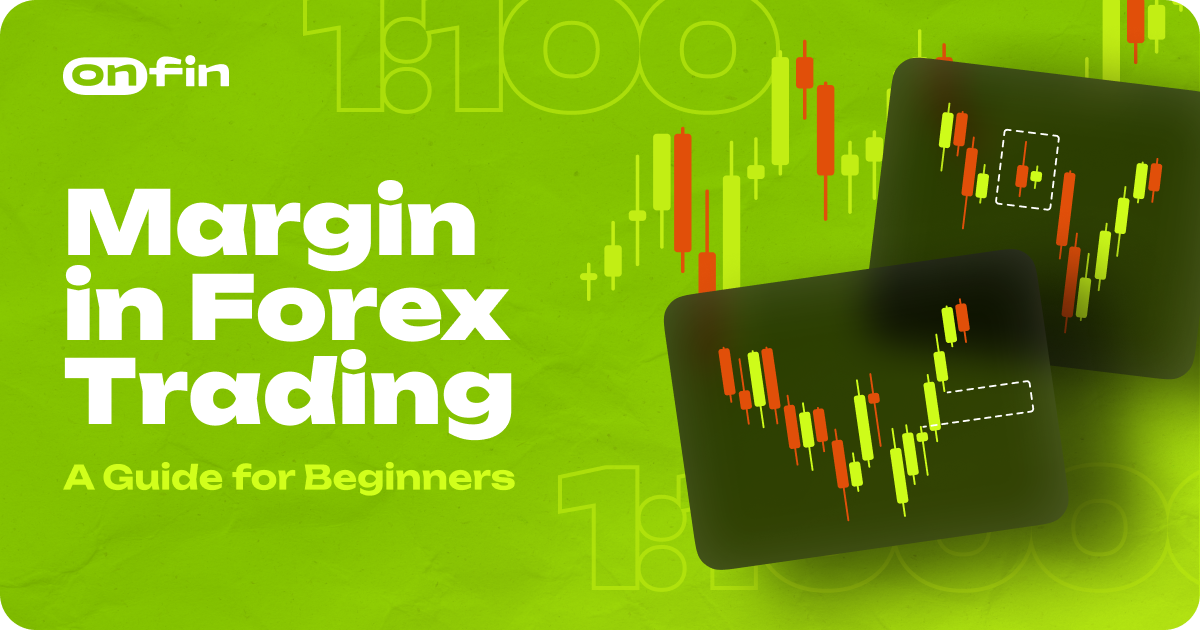If you’re just dipping your toes into the world of forex trading, chances are you’ve already bumped into the term margin.
It might sound like financial jargon, but margin is actually one of the most important concepts to understand, especially if you want to trade with leverage and not just rely on the money sitting in your account.
Let’s unpack margin in a clear, what it is, how it works, and how both beginner and professional traders use it to their advantage.
What Is Margin in Forex?
At its core, margin is a deposit. It’s the amount of money you need to put up to open a leveraged trading position. Think of it like a down payment. You don’t need to front the full value of a trade. Instead, your broker lets you control a larger position with a smaller amount of your own capital.
For example, if you want to trade $100,000 worth of currency, but your broker only requires 1% margin, you’d need just $1,000 to open the position. The remaining $99,000 is essentially “borrowed” from the broker.
In that sense, margin acts as a kind of collateral. It’s a way to amplify your trading power without needing to empty your bank account.
Margin Isn’t Free Money
It’s tempting to think of margin as a magic key to bigger profits. And yes, it can absolutely multiply your gains. But here’s the catch. It magnifies everything, including your losses.
This is where many beginners get caught out. They see margin as a shortcut to quick wins, but forget it’s also a shortcut to faster losses if trades go the wrong way.
When you trade on margin, you’re entering a deal with your broker. If the market moves against you, your broker won’t wait around. You could get a margin call, where you’re asked to add more funds or risk having your position closed automatically. This is why understanding margin is not just helpful.
How Margin Works in Practice
Let’s imagine you’re a new trader. You spot a promising opportunity in the EUR/USD currency pair and decide to open a position. The trade is worth $50,000, but your broker only requires a 2% margin. That means you need just $1,000 to get started.
Now, if the market moves in your favor by 1%, you’ve made $500—a 50% return on your initial margin. Sounds great, right?
But now imagine the market moves 1% against you. That’s a $500 loss—also 50% of your investment. See how quickly things can turn?
Why Professional Traders Love Margin

Professional traders use margin all the time—but not recklessly. To them, it’s a tool, not a gamble. Here’s how they make it work:
- Strategic Position Sizing: They don’t use all the margin available to them. Instead, they calculate how much risk they’re willing to take on each trade, often risking just 1–2% of their capital.
- Stop Losses Are Non-Negotiable: Pros always define how much they’re willing to lose before entering a trade. They set stop-loss orders to protect themselves from runaway losses.
- Leverage With Logic: They don’t max out leverage just because they can. High leverage can be fatal to a trading account. Instead, they use conservative leverage to protect capital and ensure longevity.
- Diversification: Margin allows them to spread their investments across several trades or currency pairs—this helps balance risk while keeping opportunities open.
For them, margin isn’t a way to “go big or go home”—it’s a way to stay in the game longer, with more flexibility.
The Double-Edged Sword of Margin
Margin trading can be incredibly rewarding—but it’s not without its pitfalls. Here’s the honest truth:
- The Pros: More buying power, greater exposure to the market, potential for amplified gains, and the ability to diversify across multiple trades even with limited capital.
- The Cons: The risk of amplified losses, margin calls, and even wiping out your account if you’re not managing risk properly.
What separates successful traders from those who crash out? It’s not just strategy—it’s discipline. They treat margin with the respect it demands.
How Should Beginners Use Margin?
If you’re new to forex and just learning the ropes, here’s how to get started with margin the smart way:
- Start Small: Don’t use the maximum leverage offered. Instead, experiment with low-leverage trades until you fully understand how your positions react to market changes.
- Educate Yourself: Learn the mechanics—what triggers a margin call, how margin requirements are calculated, and what happens if your position is liquidated.
- Use a Demo Account: Practice trading with margin in a risk-free environment before going live.
- Implement Risk Management: Always use stop-loss orders. Never risk more than you’re willing to lose. Make risk management a habit, not an afterthought.
The Bottom Line
Margin isn’t about betting big. It’s about expanding your trading potential responsibly. It’s a tool that, when used with care, can open doors to bigger opportunities. But like any tool, if misused, it can do more harm than good.
So take your time. Learn the dynamics. Test your strategies. And remember, success in forex isn’t about how much you can make on one trade. It’s about staying in the market long enough to grow your skills, build your edge, and protect your capital.
Margin can help you get there. Just make sure it’s working for you, not against you.







